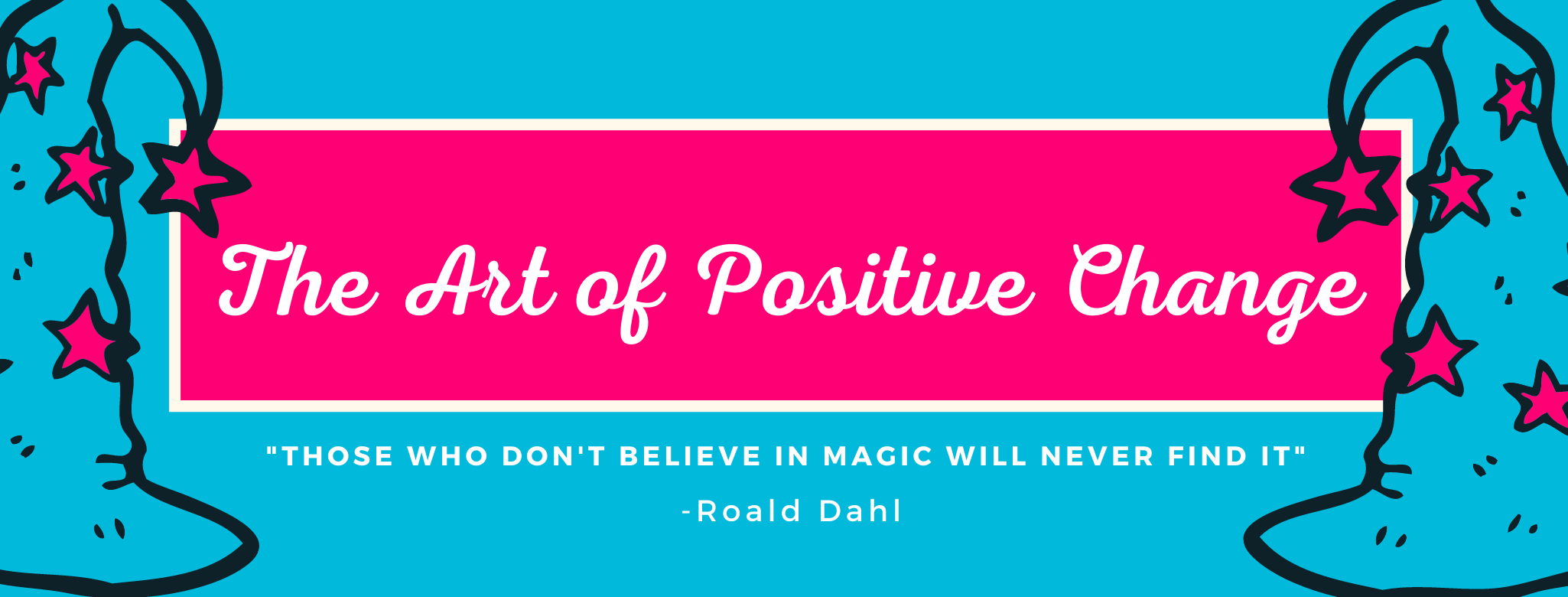 Photo Credit: Olav Ahmen Rotne (Unsplash)
Photo Credit: Olav Ahmen Rotne (Unsplash)
The colour red is associated with energy, passion, action and feelings of warmth, vibrancy and intensity. Red is also associated with danger and most warning signs we see on our roads and in our workplaces are red for this reason.
In a Lean culture red usually means something has failed, that there has been a deviation from standard, that a target has not been met – in short there is a problem of some kind.
A company that does not have a healthy culture of problem-solving assigns blame to those who find problems, which in turn drives employees to remain silent and not speak up about problems with their processes and work environment. This fear of speaking out and associated silence has a detrimental effect on companies and their employees as not only do the problems get worse and more frequent, the employees get frustrated, disengaged, disillusioned and spend more time covering up problems than solving them.
In this culture, the colour red associated with problems becomes a colour of danger, a colour to be avoided, a colour that no-one wants to be associated with.
In stark contrast, a company with a healthy Lean culture of systematic problem solving encourages problem identification, discussion and investigation into why problems occur and implementation of sustainable solutions. Blame does not exist in this company as everyone is aware of and understands that problems are caused by ineffective, outdated, broken, unsuitable, non-standardised processes. This culture ensures that processes are monitored and improved, and people are developed and rewarded – two of the key principles of Lean.
[tweetthis]’Problems are treasures, reward the messenger’ Pascal Dennis [/tweetthis]
In a Lean culture of systematic problem solving when we see red we,
- Know we have a problem
- Have open and honest conversations about what the problem is
- Investigate how the problem occurred
- Brainstorm solutions to solve the problem
- Work together to implement sustainable solutions to ensure the problem does not reoccur
- Monitor and continuously improve the process
- Reward and recognise excellent problem solving and teamwork
How is red perceived where you work? Is red a colour that is welcomed or does it mean danger?
I hope you are lucky enough to have a culture where ‘Red is Good’!
Thanks for reading,
Siobhain
x x x
Not sure what Lean is?
Check out my previous blog post ‘Meeting Art and Understanding Lean’ where I share Art Byrne’s keynote speech that I attended at the 2013 Lean Enterprise Academy Summit.
This video sums up exactly what Lean is and how important it is to business. 6 years later I continue to refer to this video all the time – so much wisdom!!!
 Photo Credit: Alana Harris (Unsplash)
Photo Credit: Alana Harris (Unsplash)



